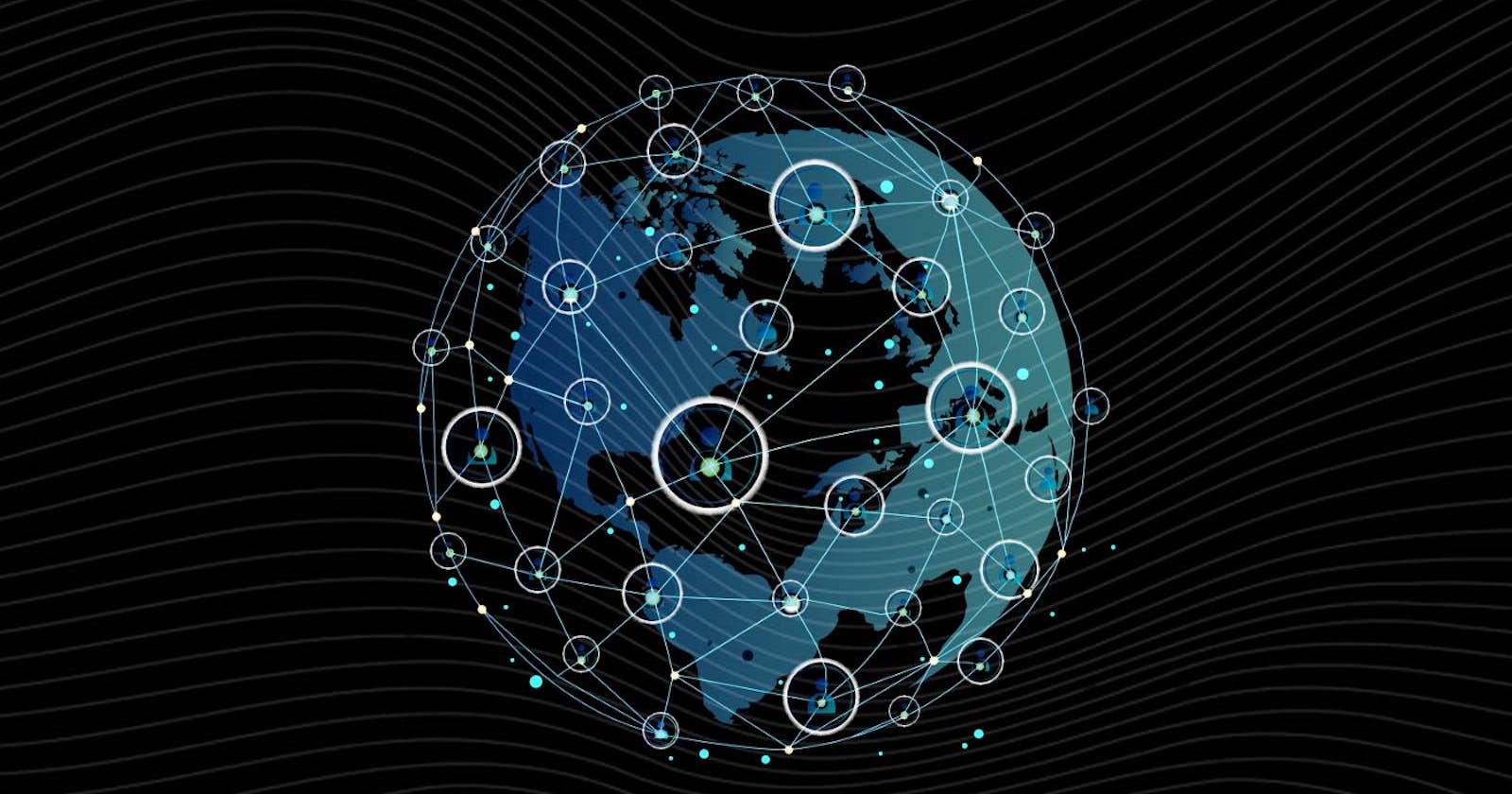Introduction
The whole media has been going crazy about the new version of the web also known as web3. I know this is not the first time you are hearing about web3 or seen people talk about the new version of the web. But I can tell you, you still don't know a jerk about web3 😂 or you know a little, but you're still confused about why web3 exists. But the truth is that you are not alone at this table.😂 So many of us are still confused to understand the whole gist around web3, But this article is an attempt to give readers a sense of what web3 is. yeah!! before we jump into web3, we might still need to understand what web 1 and 2 are or were all about. LMAO, I bet you, you still don't know anything about web 1 and 2 😂 this time around you're alone 😂, just kidding, so let's go.
web1.0- Read-only web.
Web 1.0 is the first evolution of the world wide web(WWW). According to Tim-Bernes Lee, web1.0 is a Read-only web. here users come to the webpage to consume content/ information ℹ, but can't interact with the server-side. Web1.0 consists of the web serving static HTML content where the users were not able to interact with the static webpage. See it this way web1 is just like a newspaper to the computer 🖥 where you can just read a bunch of information but no interactivity.
Web 1.0 lasted approximately from 1991 to 2004.
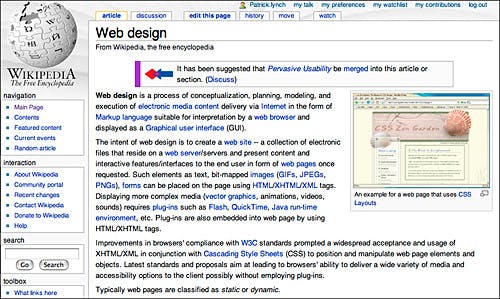 Wikipedia is a clear example of web1, where you read information but can't interact on the site.
Wikipedia is a clear example of web1, where you read information but can't interact on the site.
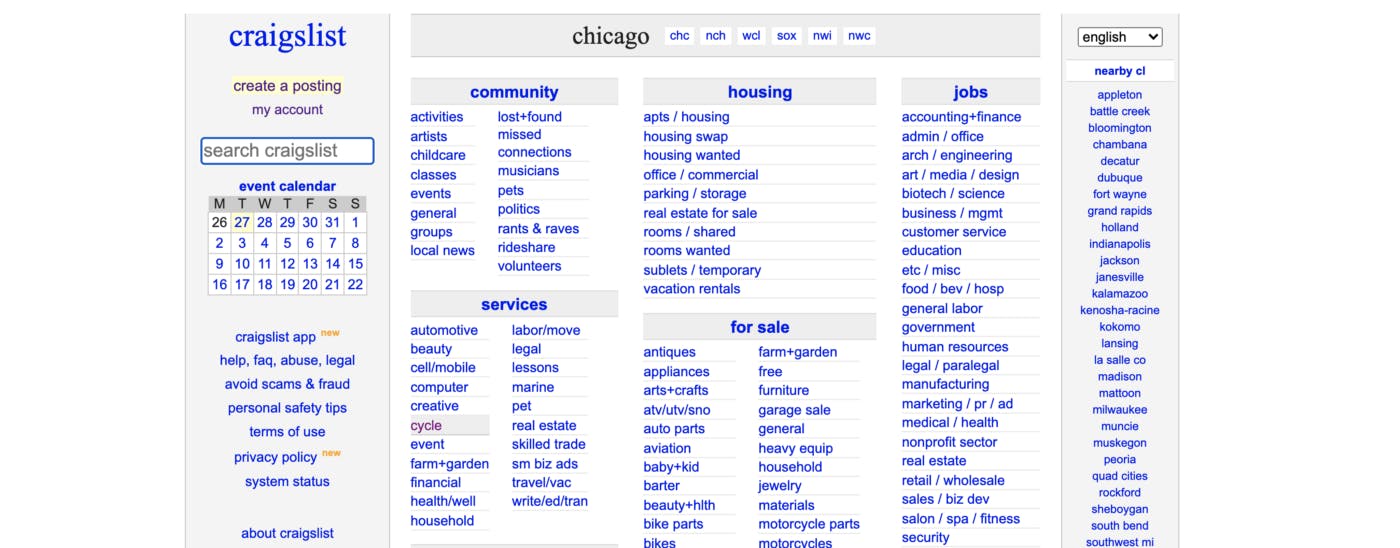 Craigslist at this time, is another good example of web version 1.0
Craigslist at this time, is another good example of web version 1.0
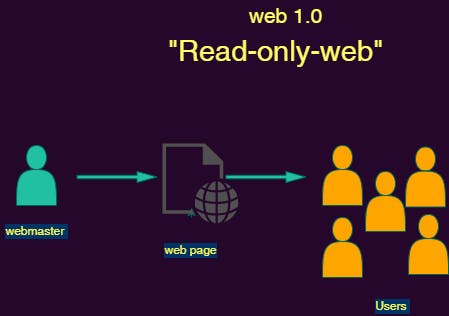 web 1.0
web 1.0
Characteristics of web1.0
- read-only content.
- static web pages.
- Content is served from the server’s file system.
- Pages built and sent by Server Side.
web2.0- Read-write web.
web2 was the second iteration of the internet, launched in the early 2000s
Now I thank my God for not experiencing the web1.0 era. 😆 because shit was boring ASF, no user interaction but in web2 that's the opposite. This is the version of the web that we all are familiar with. like Google, Facebook, Twitter, LinkedIn, Instagram, YouTube, and many more that I can't mention. In web2 you and I consume and create content and still interact with the other web users and comment, share, and like the content on the web. Unlike web1.0 where developers are mostly in control of all content on the web. Web2 is simple to navigate, and millions are becoming creators. Web2 is built on a centralized nature. Meaning you are not in control over your data. Now let me break it down a little bit. In web2.0 sites like Twitter, Google, Facebook, and the rest of web2 platforms were built in a way that before you make use of their application you will need to submit some of your details like password, ids, permissions to access your location, requires your age and date of birth, phone number, and Emails, etc. On this web, you are not in control. As a content creator, you can lose everything just in a sec. as a web2 user your data is not secured, your data can get leaked by the platform, and all your content can be taken down in a sec, you must accept the terms and conditions of the platform.
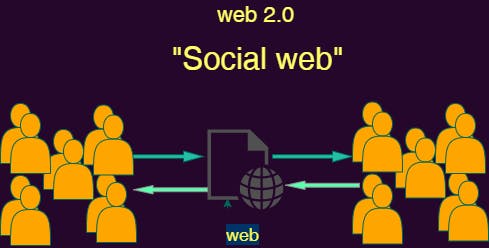 Web 2.0
Web 2.0
Characteristics of web2.0
- dynamic content.
- scalability.
- interactive (content, and social networking).
- Rich user interface & experience.
Problems with web2.0
CENTRALIZATION: the company which built the app for the user has control and central authority over their data. Companies have the access to the user data with which they can do whatever they want like advertising and recommendations.
- PRIVACY: The authority has to monitor everything we do on web2. like things we search and watch on the web, our private chat, location, and details are all monitored. with web2 we don't have freedom.
SECURITY: cybercriminals can access our information on the social web. our data can be hijacked by hackers. on the social networking web, we put out our details such as phone numbers, addresses, and locations on the social networking profiles which criminals can take advantage of.
FREEDOM: These centralized organizations can shut down your data whenever they want. you can be stopped from posting informative content if the authority doesn't agree with your information.
Web 3.0 Read-write-own
with web3 we can solve the problems we have with web2.
web3 is referred to as the Third generation of the internet service (though in its infancy). It's internet-based on the decentralization web. meaning it's a peer-to-peer (P2P) network of computers that runs without the need for middlemen (intermediaries).
web3 was coined by Gavin Wood, the co-founder of Ethereum in 2014.
Web3.0 doesn't run on a single server or stores data in a single database, instead, they run on a decentralized application (dapps) on the BLOCKCHAIN network of computer, instead of a single computer. LOL don't freak out we will still understand what blockchain is. Dapps are decentralized applications meaning they are free to control and interfere with a single authority.
Characteristics of web3
- Decentralized network : they are free from the control of a single authority.
Trustless: you don't have to trust a third party.
User anonymity: you don't need to submit any personal info like age, name, gender, or location. you just need a wallet address in web3.
self-governing
Distributed
 web2 apps to be replaced by dapps.
web2 apps to be replaced by dapps.
web3.0 problems
scalability: transactions are slower on web3 because they're decentralized. the network still can't handle millions of users because payment needs to be processed by miners.
Accessibility: web3 applications are not easily navigable. You still need to understand how it works before you enjoy it.
Even though web3 is still new, it came with technologies that made it a reality.
BLOCKCHAIN
Blockchain is a peer-to-peer distributed ledger that is cryptographically secure, immutable (hard to change), and updated only via consensus or agreement.
A blockchain can record information about cryptocurrency transactions, NFT ownership, or Defi smart contracts.
it's a system that records data and is very impossible to change.
CRYPTOCURRENCY
A cryptocurrency is a digital or virtual currency that is secured by cryptography. Crypto makes it possible to transfer value online without the need for a middleman like a bank or payment processor, allowing value to transfer globally, near-instantly, 24/7, for low fees. Bitcoin, and Ethereum, are the most popular cryptocurrencies that we have.
DAPPS
Dapps stands for decentralized applications.
They are digital applications that are run on the blockchain network rather than handed by a single computer. with decentralized applications, users don't need to submit any personal details.
SMART CONTARCT
smart contracts are automated, autonomous programs stored on a blockchain that runs when predetermined conditions are met.
it's like the business logic and code needed to execute the required functions when certain conditions are met.
It's computer code that acts as a digital agreement between two parties
DEFI
Defi stands for Decentralized finance
it's a financial technology on the blockchain network, that creates a financial system that does not rely on banks. The system removes the control banks and institutions have on money, financial products, and financial services. DEFI helps with every service the financial institutions can offer which includes.
- Lending: where users can lend out their cryptocurrency and earn interest within any period.
- Loan: receiving an instant loan without the need of any broker.
- Saving: saving cryptocurrency and earning a better interest rate than from a bank.
- derivatives such as stock options and futures contracts
- Borrowing
NFT
NFT stand for Non Fungible Tokens.
They are unique assets that can not be changed into anything. NFTs are unique cryptographic tokens that exist on a blockchain and cannot be replicated. Anything that can be converted into a digital form can be an NFT. Everything from your drawings, photos, videos, GIFs, music, in-game items, selfies, and even a tweet can be turned into an NFT, which can then be traded online using cryptocurrency. Read more about NFT
DAO
DAO stands for decentralized autonomous organization.
DAOs are internet-native organizations collectively owned and managed by their members. virtual organization where the decision-making process and treasury management are managed over Blockchain Technology. Rules, decision-making, and transactions are all run in a blockchain.
we have many technological concepts in the web3, but I will leave it for another write-up.
why is web3 important
I know you might be wondering what is so important about this web3 after reading a whole bunch of articles. might still be asking, why does it matter to us a lot? but here is the answer to that question.
Ownership: web3 users have full control and ownership of their assets. You just own and manage your data all by yourself. with your wallet, you have ownership of your assets like NFTs and crypto coins, and tokens.
Identify : Traditionally, in web2 before you become a user you will need an email and password which requires more about you. Unlike in web3, all need is to link your wallet address. wallet addresses keep users completely anonymous, this is why the web3 space is fraud-free.
- Native payments : the web2 payment system was built on a traditional infrastructure where you are required to submit some of your sensitive data. But in web3 all you just have to do is to download and install a wallet. transactions are fast and cheap, unlike the current financial system where you have to go through stress.
You made it here ☺.
Hey, readers thanks for making it this far reading these long articles. I hope you found this write-up useful.
follow me up on Twitter
if you want to have any direct interaction with me chat me
follow me on hashnode for more amazing content like
web3 content.
web development.
tech and helpful resources.
